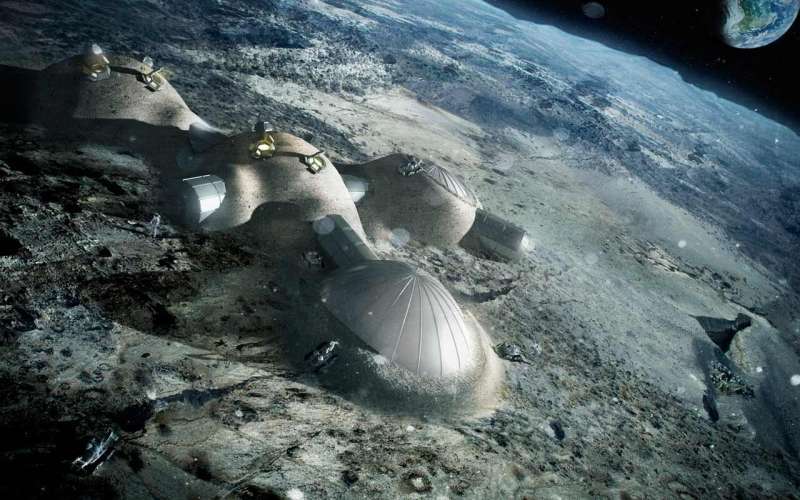They do so by absorbing heat during the hot parts of a period (whether a day or season) and emitting that heat in the cooler parts of a later period. They act like a giant thermal "sink," making it take longer to heat or cool and providing insulation to anything it surrounds.
Another way to think of this is through the concept of thermal inertia. When an object, like a building, is in the sun, it is directly impacted by the sun's rays, causing it to heat up. Alternatively, if it is no longer in the sun but still contains a lot of thermal energy, it will start radiating some of that heat away. In vacuums, radiative energy is transmitted through infrared light like space.
PCMs have such large thermal inertia because they either absorb or emit lots of energy as they change between phases, such as between solid and liquid or liquid and gas. For example, the paper describes using n-octadecane as one of the PCMs being considered. It switches state around 28 °C, slightly above room temperature. Which makes it perfect for holding a room at right about that temperature.
Changing the temperature of something built with PCMs is much more complicated, and that challenge can make it easier to regulate the temperature inside a space habitat. The researchers modeled what would happen if a space habitat were built with PCMs inside the walls, and they found a significant decrease in the heating and cooling required to keep the habitat within the temperature range of being comfortable for humans.
Other factors were included in the calculation, such as the reflectivity of the outer surface of the wall and the part of the solar cycle the sun was experiencing. However, the authors found that given optimal conditions, designers could completely passively heat and cool a space habitat using only PCMs.
That is a pretty impressive feat, though the optimal conditions are improbable to ever happen in practice. Still, any energy savings the materials might provide will be welcome on a habitat that will likely be energy-starved when it starts. However, many different ideas exist about how those habitats should be built, including using regolith on the moon.
It is unclear how feasible it would be to include PCMs in cave walls or other structures involving local materials. The sheer amount of PCMs necessary to thermally control a massive human habitat might also be prohibitively expensive to launch at current prices.
However, materials keep improving, and there are obvious advantages to using these materials in this context. While they might not be integrated into some of the early habitats humanity builds in space, they will undoubtedly be used in future ones, and this paper is one step towards that.
More information: A. Borshchak Kachalov et al, Preliminary Design of a Space Habitat Thermally Controlled Using Phase Change Materials, Thermo (2023). DOI: 10.3390/thermo3020014
Provided by Universe Today



